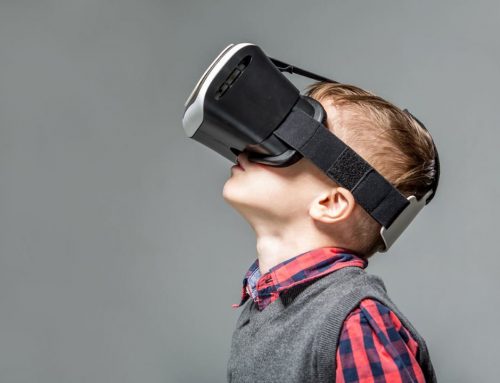Drones able to take water samples could be the first in a new wave of hands-on aerial robots.
Drones carrying cameras or infrared sensors have already found favor with farmers, police forces, and extreme sports enthusiasts. Now engineers are testing versions of the tiny craft that can do more than just observe.
Prototypes able to swoop down to scoop up water samples are being developed to help ecologists, the oil industry, and others track oil leaks or invasive species. Some can even perform rudimentary analysis on the water they collect.
Commercial drone company PrecisionHawk, of Raleigh, North Carolina, is testing a water sampling drone with some clients in the oil industry. It takes the form of a seaplane and has a pump mounted on its pontoons that can handle even viscous swampwater thick with bugs, mud, or algae. The water is sucked into a container and then carried to a lab to check for signs of oil leaks or spills. (See a short video of the drone in action.)
“If you go up to Northern Canada or Alaska, there are literally thousands of ponds and lakes that are a few acres in size,” says PrecisionHawk CEO Ernest Earon. “Trying to walk through or take a boat to get water samples, it’s an almost impossible task.”
Earon says his team is now researching the possibility of a drone carrying a small spectrometer to analyze water for itself. That would save on energy-draining trips back to the lab.
YangQuan Chen, an engineering professor at the University of California, Merced, is testing a quadcopter drone with a buoyant frame that lands on water to collect a sample to be whisked to back to a lab for DNA extraction and sequencing.
The goal is to collect what is called environmental DNA, or eDNA, left behind by plants, animals, or other organisms. Analyzing eDNA provides a way to track diseases and endangered or invasive species. The technique is used to track populations of invasive Asian Carp around the Great Lakes, for example. Grabbing water samples by drone could make the approach more powerful by covering larger areas, says Chen. “There are some places that cannot be reached by boat or vehicle,” says Chen. “You simply cannot go there, so you have to use a drone.”
Chen says his biggest challenge has been to work out a way for the drone to land on moving water or during inclement weather. An onboard sensor registers wind gusts and software adjusts thrust in turn. The drone can scoop up water, but the researchers have not sequenced eDNA in the samples it collected.
In the long term, miniaturization of high-throughput genetic sequencing devices could allow drones to analyze their own samples, says geneticist Mike Miller of the University of California, Davis, who is collaborating with Chen. “Maybe in not that long, there’ll be drones deployed all over California, dipping down into water, sequencing all of the DNA on the fly and sending the data back to a central location,” Miller says.
Carrick Detweiler, an assistant professor of computer science and engineering at the University of Nebraska-Lincoln, is working on a similar drone he calls a “Co-Aerial Ecologist.” It uses a one-meter dangling tube to suck water onboard like a straw. With water stored in onboard vials, it can then measure the samples’ temperature or conductivity (a proxy for salinity).
At a popular recreation area in Nebraska, Detweiler’s drone has already sampled from a series of small manmade lakes for toxic algae. The task routinely takes a crew of humans 12 to 14 hours, but the drone can do it in about two. The drone has also been used to search Nebraska waterways for the larvae of the invasive zebra mussel.
Detweiler predicts that there will soon be many more hands-on drones appearing. “The next generation of vehicles five to 10 years from now will be capable of getting really close to the environment, like water-sampling or collecting leaf samples,” he says. Detweiler has begun work on a drone that plucks leaves from crops with a mechanical arm, to determine the health of plants, or identify the exact variety of a weed infesting a corn field.
Chen hopes that drones like these could become cheap enough for just about anybody to use. PrecisionHawk’s seaplane drone costs $16,500 even without water sampling gear, which is scheduled to be available as an optional extra later this year. That’s cheap for oil companies but too expensive for many environmental organizations or scientists.
Chen believes that his design could lead to a water sampling drone that costs only $1,000. He envisions ecologists and even journalists being able to routinely sample bodies of water for analysis at the lab, providing a new layer of environmental oversight. “We need to make it affordable,” he says.


